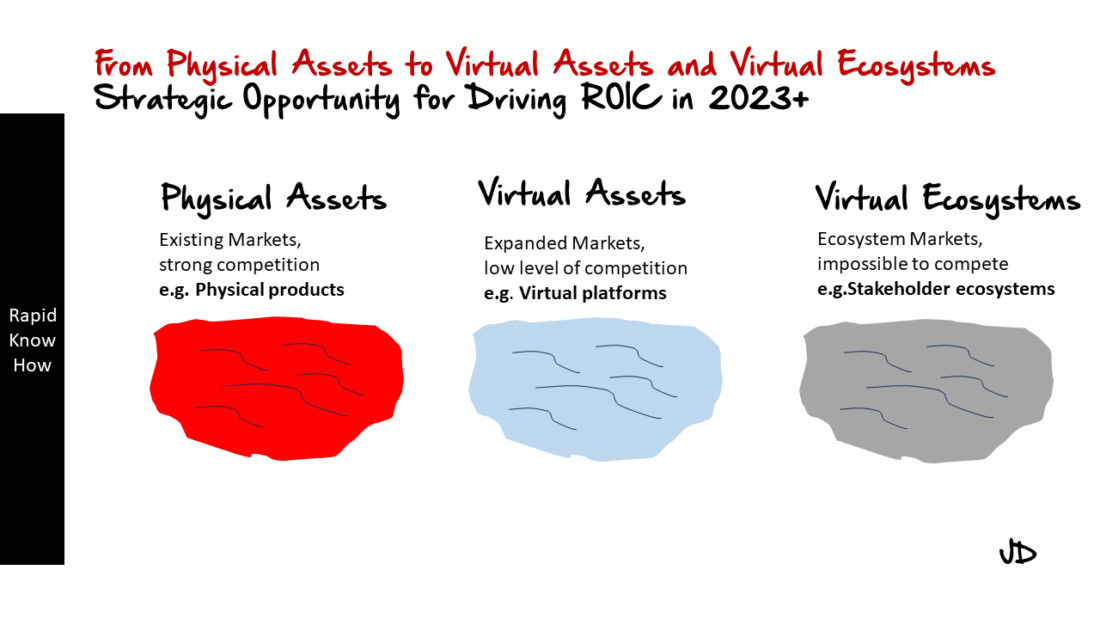Virtual Asset Growth: The Untapped Strategic Opportunity in B2B
Virtual assets are a relatively new concept in the business world, but they are rapidly gaining traction due to their potential to drive growth and innovation. But what exactly are virtual assets?
Virtual assets are essentially digital resources that have value in a business context. They can take many forms, including digital currencies, tokens, digital rights, virtual goods, and other intangible assets that exist in the digital realm. These assets can be owned, bought, sold, and exchanged just like physical assets. They can also be used to create new business models and revenue streams.
Building and leveraging virtual assets requires a strategic approach. Here’s how you can do it:
1. Identify Opportunities: The first step is to identify where virtual assets can add value to your business. This could be anything from creating a new revenue stream through a tokenization model or using virtual goods to enhance customer engagement.
2. Develop a Strategy: Once you’ve identified the opportunities, develop a strategy for creating and leveraging these assets. This could involve creating your own digital currency or token, developing a platform for trading virtual goods, or leveraging blockchain technology to create digital rights.
3. Implement the Strategy: The next step is to implement your strategy. This will involve technical development, legal considerations, and marketing efforts.
4. Monitor and Adjust: Finally, monitor the performance of your virtual assets and adjust your strategy as needed. This will ensure that you’re maximizing the value of these assets.
Case Study: Leading Companies Driving Growth through Virtual Assets
Many leading companies are already leveraging virtual assets to drive growth. For example, IBM has developed its own blockchain platform which it uses to create and manage digital rights for its software products. This has allowed IBM to create new revenue streams while also enhancing customer satisfaction.
Similarly, gaming company Epic Games has created a thriving economy around its virtual goods in games like Fortnite. Players can buy and sell these goods using the game’s own digital currency, creating an additional revenue stream for Epic Games.
These examples show how virtual assets can be used to drive growth in both B2B and B2C contexts.
Take Away
Virtual assets represent an untapped strategic opportunity for businesses in the B2B sector. By identifying opportunities, developing a strategy, implementing this strategy, and monitoring performance, businesses can leverage these digital resources to drive growth and innovation.
Call to Action
Now is the time for businesses in the B2B sector to explore the potential of virtual assets. Whether it’s creating a new revenue stream through tokenization or enhancing customer engagement with virtual goods, there are numerous opportunities for growth and innovation in this space.
So why wait? Start exploring the potential of virtual assets today and unlock new opportunities for your business.




